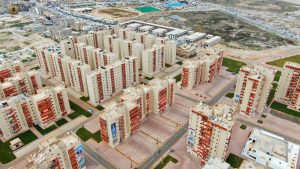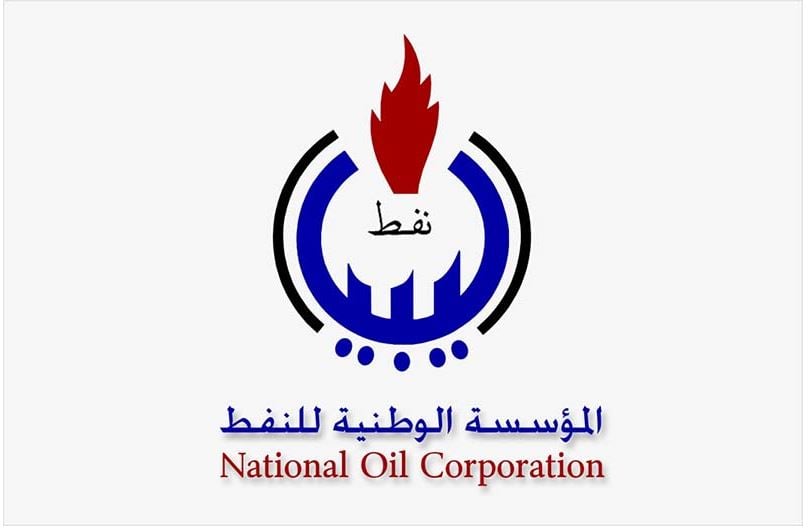The Benghazi Reconstruction and Stabilisation Committee says it aims to carryout maintenance of different areas of the city and its university. With a mix of Egyptian and local companies, the city has recently been able to complete several stalled infrastructure projects, as well as some new ones.
Speaking exclusively to Libya Herald, the head of the Benghazi Reconstruction and Stabilisation Committee, Hatem Al-Araibi, stated that his committee, in cooperation with the various executive bodies, has begun reconstruction and maintenance work in Benghazi. This is currently focused on the destroyed neighbourhoods, as a result of military operations over the past years, or within the University of Benghazi.
He said this comes within the implementation of a plan to revive stalled projects, whether in infrastructure or housing projects or various service facilities.
University of Benghazi
Al-Araibi added that weeks ago, the work of reconstruction and maintenance of the general administration of the University of Benghazi and the main entrance of the university began. This will all be completed within four months, he added, especially after the surveying of all buildings and various university facilities in the faculties, which will be ready during the coming period to start the complete reconstruction of all damaged buildings in the university.
Residential buildings
With regard to residential buildings, Al-Araibi said that his committee has started a comprehensive maintenance of residential buildings in the Al-Kish area.
In the same context, Al-Araibi affirmed the completion of the preparation of the complete model for the project of developing and maintaining residential buildings in the Al-Masaken area, which includes the final form of gardens, renovation of sidewalks and roads, and painting of residential buildings from the outside.
Canals and lakes
Among the work of the Benghazi Reconstruction and Stabilisation Committee, according to al-Araibi, is the initiation of infrastructure and development projects for the water canal linking Benghazi’s Seven Lakes with the sea, which aims at appropriate expansion and removal of industrial waste and natural barriers that prevented the flow of water.
Work conducted with Egyptian help
Al-Araibi acknowledged the role of Egyptian companies in field studies, cadastral surveying and logistical work to implement 4 bridges in the city of Benghazi.
Roads and bridges
On the maintenance of roads and bridges in the city, Al-Araibi said that a plan has been drawn up to complete a number of roads and streets that enter the residential neighbourhoods in Benghazi. These include the modernization, development, and maintenance of several existing roads and bridges that have not been maintained for more than thirty years. This includes the eastern entrance to Benghazi as well as the western entrance. New roads according to the plans drawn up by the urban planning department will also be opened, he added.
Hafter opens the Mushir (Marshal) Neighbourhood
It is worth noting that on 21 March, the Benghazi Reconstruction and Stabilisation Committee officially inaugurated the “Al-Mushir (the Marshal) Neighbourhood” buildings (formerly known as the 1,015 buildings/neighbourhood).
They were opened by Khalifa Haftar, with the participation of the Minister of Planning and Finance in the ( House of Representatives-recognized) Fathi Bashagha government, Osama Hammad, and the head of the Reconstruction and Stabilisation Committee, Hatem Al-Araibi.

The neighbourhood was inaugurated after completing the extensive maintenance and development works that were carried out in the area, including maintenance and painting of building facades, sewage networks, lighting, green spaces, recreational parks, car parks, and other facilities of this residential complex.
The neighbourhood was established in the 1980’s during the Qaddafi era, and the surrounding infrastructure of gardens and service and entertainment centres had not been completed. Left neglected by the old regime for decades, the buildings suffered from corrosion and moisture problems, and the aging of their elevators and their electricity and water networks.











